For the past few years, the buzz in the electric vehicle (EV) industry has revolved around solid-state batteries. They’ve been pitched as the silver bullet for EV adoption, promising ultra-fast charging, longer ranges, and improved safety. Automakers and tech firms are racing to bring them into production, and headlines regularly tout breakthroughs that could put solid-state packs on the road by the late 2020s.
But there’s a less glamorous side of the EV equation that doesn’t get as much attention: the EV electric motor. While the world obsesses over batteries, electric motors for electric vehicles are facing their own bottlenecks — efficiency limits, supply chain vulnerabilities, and thermal management challenges.
Without solving these issues, even the most advanced battery won’t unlock its full potential. This raises a provocative question: are EV motors the real bottleneck for the next stage of electric mobility?
Why Solid-State Batteries Aren’t the Only Breakthrough EVs Need
Solid-state batteries promise energy densities up to 2–3 times higher than today’s lithium-ion cells. That could mean EVs with 600–700 miles of range, fast charging in under 15 minutes, and safer designs without volatile liquid electrolytes. Understandably, this gets investors and consumers excited.
But here’s the catch: a battery is just an energy reservoir. It stores power, but it’s the EV motor that converts that energy into motion. The motor’s design, efficiency, and durability dictate how much of the battery’s potential is realized.
A 700-mile solid-state battery won’t translate to 700 miles of real-world driving if the EV motor bleeds efficiency or overheats under sustained loads. In fact, while battery tech has improved steadily over the last decade, EV motor innovation has been comparatively incremental.
Automakers are still relying heavily on permanent magnet synchronous motors (PMSMs), induction motors, or variations of switched reluctance designs — technologies that date back decades.
How Efficiency Limits Hold Back Electric Motors for Electric Vehicles
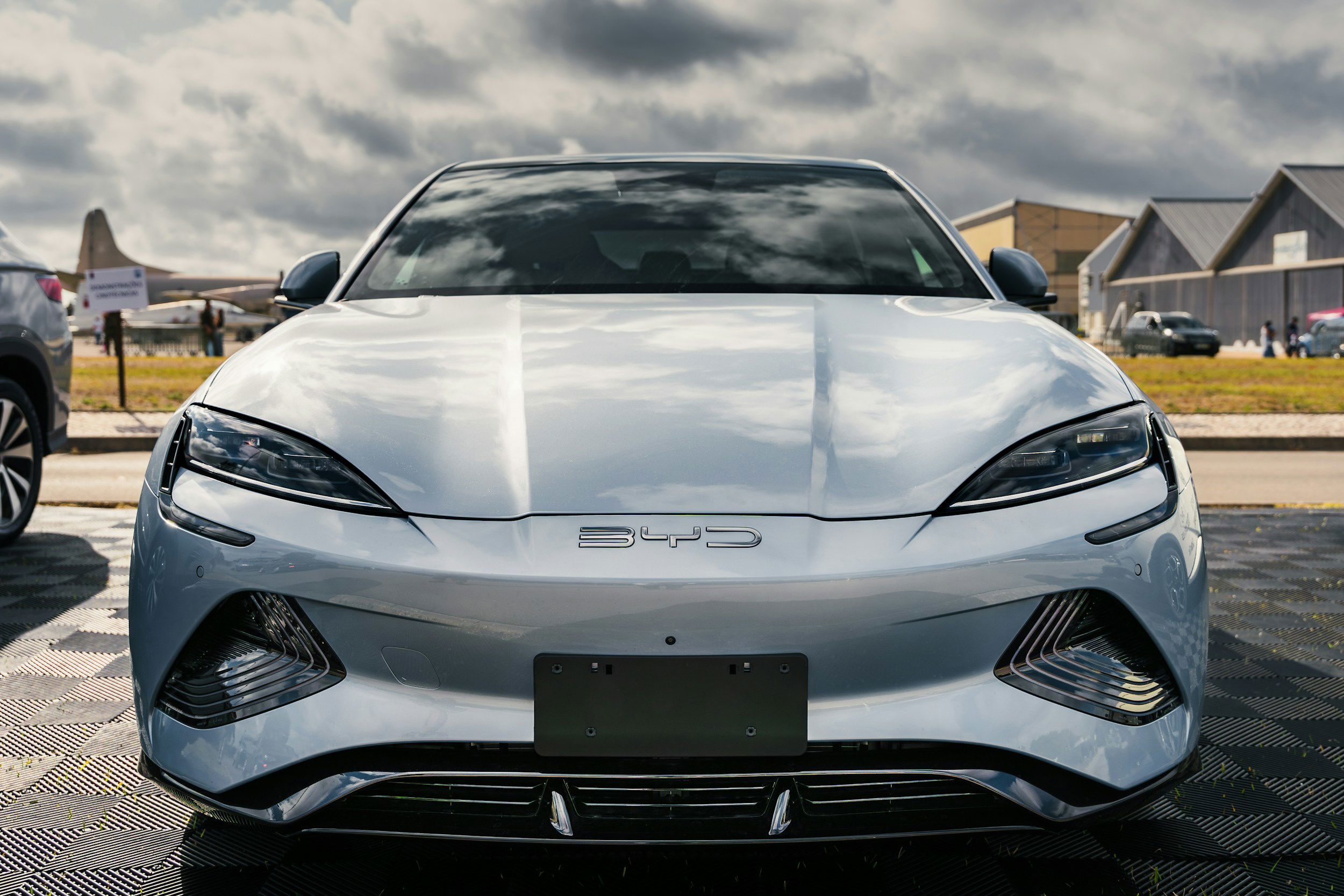
One of the biggest challenges with today’s EV motors is efficiency under real-world conditions. On paper, PMSMs can deliver 90–95% efficiency, but that figure drops significantly under high torque or sustained highway driving. Heat buildup is the main culprit, and thermal management systems add complexity, cost, and weight.
Even Tesla, known for pushing boundaries, has struggled with these limits. Its Model 3 and Model Y rely on a blend of induction motors and permanent magnet motors for different driving scenarios, balancing cost with efficiency.
Still, the brand has faced scrutiny over declining real-world range when motors are pushed hard. This efficiency bottleneck becomes more critical as batteries improve. If a solid-state pack offers 700 miles of energy but the EV motor loses 15–20% of that potential in heat and inefficiencies, the consumer won’t see the full benefit.
Rare Earth Materials: The Hidden Cost Behind Every EV Motor
Another looming bottleneck is the dependency on rare earth materials. Most EV electric motors use neodymium-based permanent magnets for their high power density. But rare earth mining is dominated by a handful of countries, particularly China, creating geopolitical vulnerabilities. As demand for electric motors for electric vehicles skyrockets, so does pressure on these supply chains.
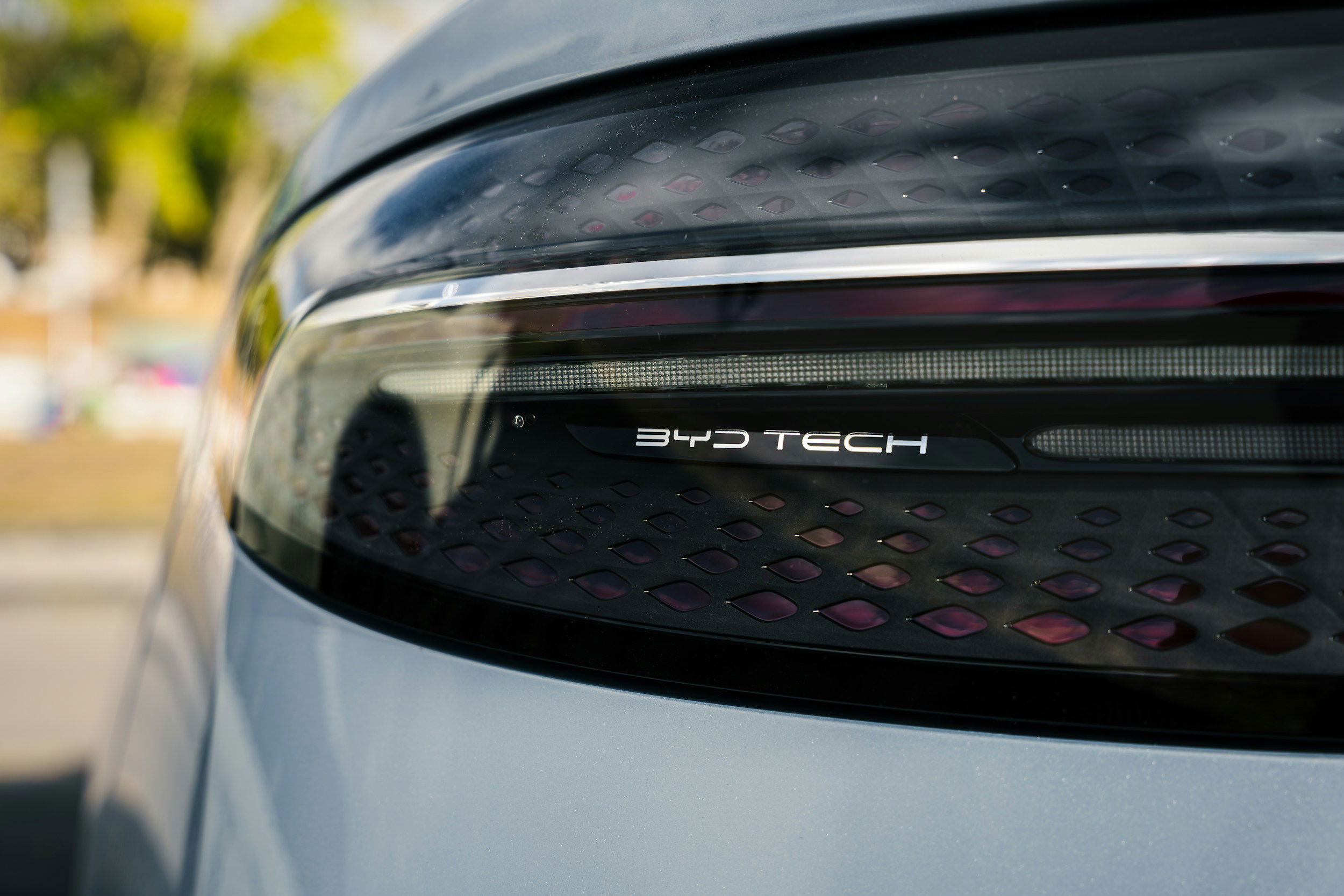
Prices for rare earth materials have already been volatile, spiking in response to trade disputes and export restrictions. This not only affects availability but also drives up car motor price for manufacturers and, ultimately, consumers. Some automakers are experimenting with alternatives — like Toyota’s efforts to reduce rare earth content in its motors or BMW’s push for rare-earth-free designs.
Yet, scalable alternatives are still in their infancy. Until then, the EV motor remains a chokepoint in the industry’s growth.
Thermal Management: Why Heat Is the Biggest Enemy of Electric Motors
If battery engineers are obsessed with energy density, motor engineers are losing sleep over heat. Every kilowatt of energy that doesn’t go into propulsion ends up as waste heat, and modern EVs must manage this aggressively to prevent damage.
Water cooling is standard in most EVs, but new designs are pushing oil cooling, immersive cooling, and even novel composite materials to wick heat away faster. The challenge is compounded by consumer expectations: EVs need to perform in blazing desert heat, icy winters, and everything in between — without sacrificing range or performance.
As solid-state batteries promise faster charging and higher power delivery, motors will face even harsher thermal demands. Imagine a 15-minute ultra-fast charge pumping colossal energy into a car: the motor will need to handle bursts of power far greater than today’s systems. Without robust cooling, efficiency will collapse.
Permanent Magnet, Induction, or Axial Flux: Which EV Motor Will Win?
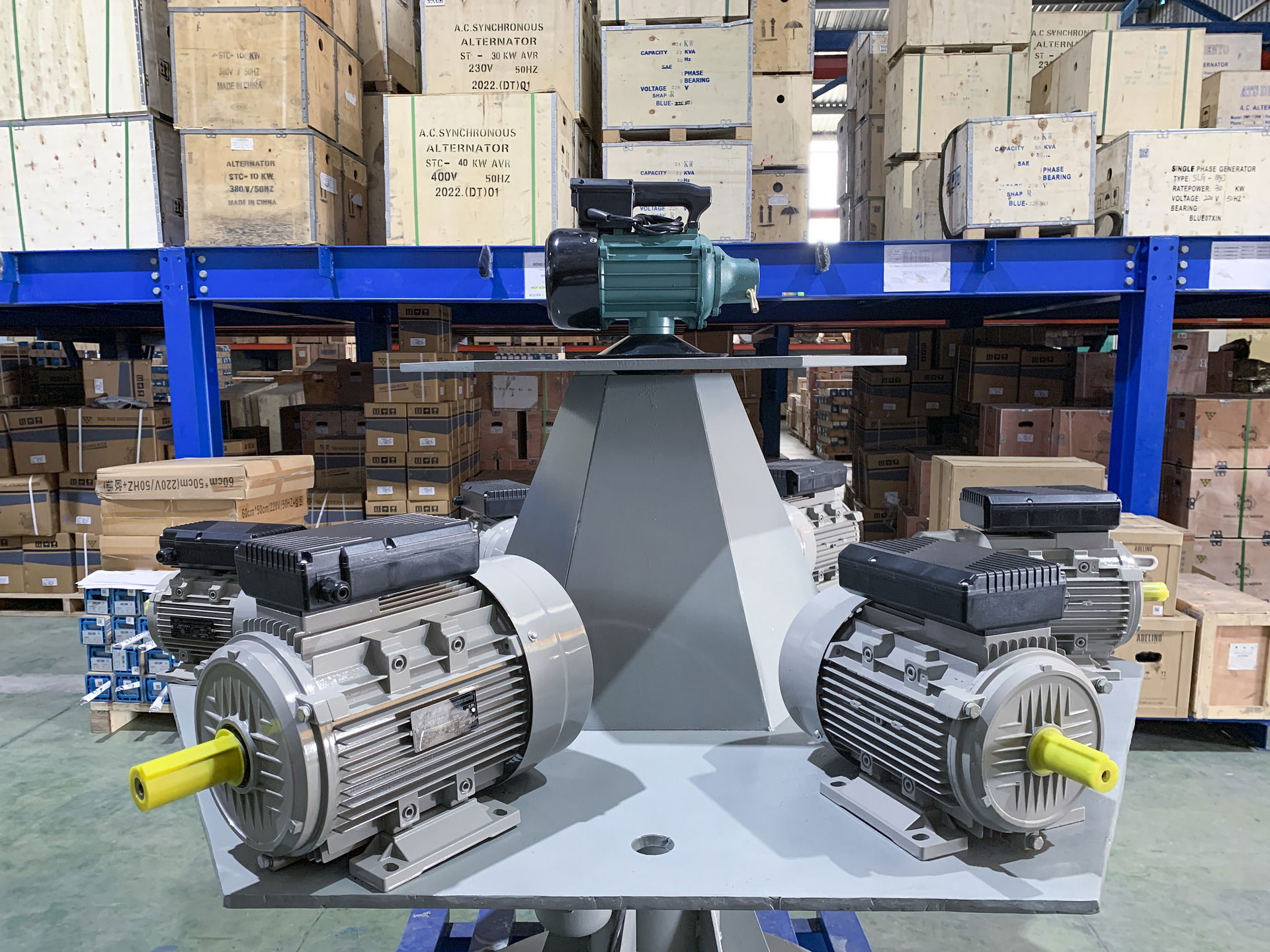
The EV industry is divided on which motor technology will dominate the next era:
- Permanent Magnet Motors (PMSM): Currently the industry favorite thanks to high efficiency and compact design, but heavily reliant on rare earths.
- Induction Motors (IM): Tesla’s early darling, free from rare earths but generally less efficient at lower loads.
- Switched Reluctance Motors (SRM): Cheap, robust, and rare-earth-free, but plagued by vibration and noise issues.
- Axial Flux Motors: A rising star with superior power density and efficiency, but manufacturing at scale is still a hurdle.
Solid-state batteries may shift the equation. Their higher power outputs could favor motors that excel at handling bursts (like induction or switched reluctance), while their energy density could make compact axial flux designs more viable. The motor landscape may look very different by the 2030s.
Why Motor Innovation Matters More Than Ever
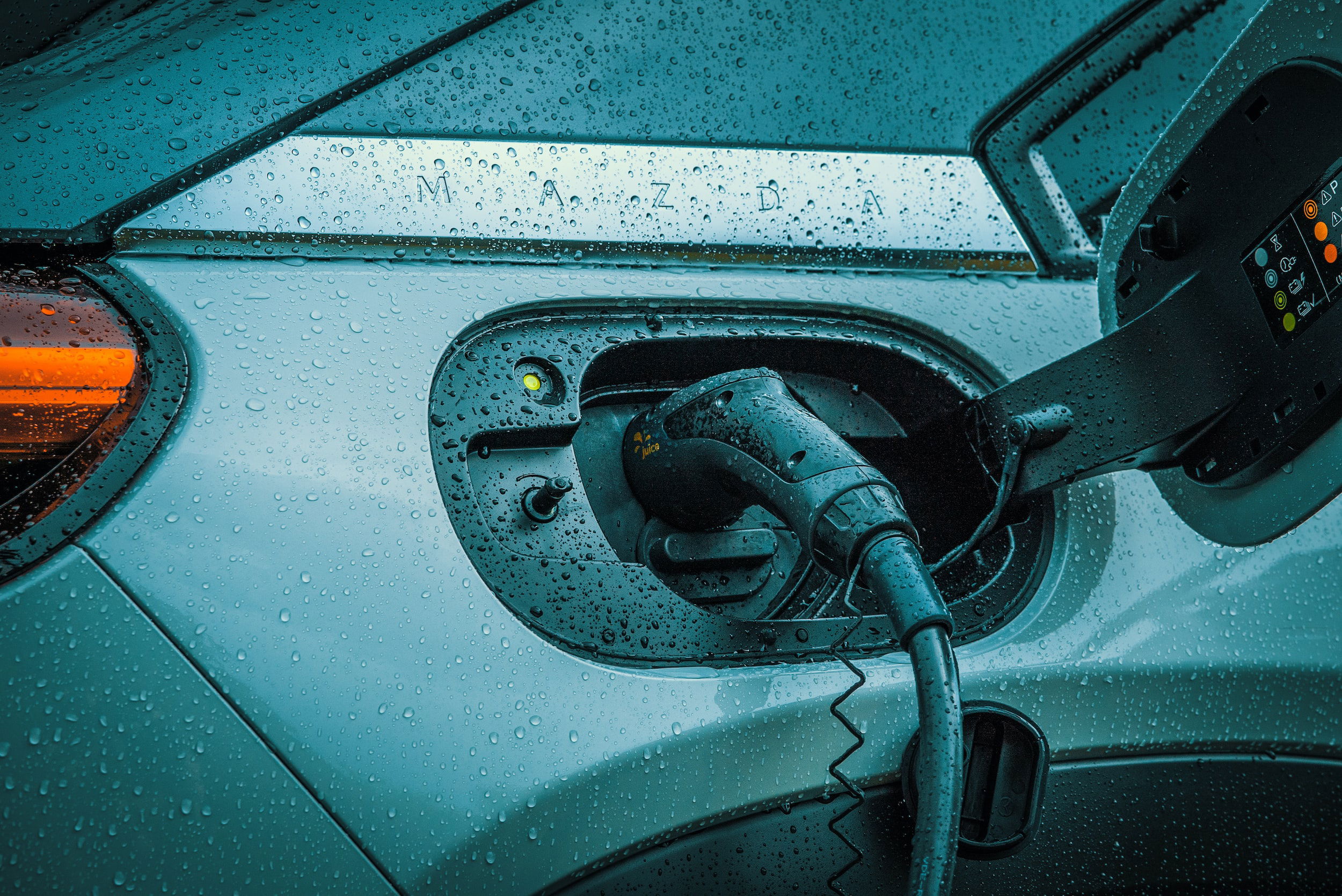
For years, the EV conversation has been dominated by one word: batteries. How far will they take us? How fast can we charge them? How much do they cost? Yet, in the rush to solve the “battery problem,” another equally critical piece of the puzzle risks being sidelined—the motor. Without the right motor technology, even the best battery pack in the world falls short, and that's what we mean by the EV motor bottleneck.
Think about it this way: range isn’t just about the size of the battery, but how effectively the motor translates stored energy into motion. A highly efficient motor can squeeze more miles out of the same kilowatt-hour, making range less a function of brute battery size and more about refined energy use. In other words, the motor is the gatekeeper of every promise the battery makes.
Cost is another quiet pressure point. Today’s EV motors often rely on rare earth elements like neodymium and dysprosium for their magnets. These materials are expensive, geopolitically fraught, and volatile in supply. That volatility doesn’t just affect automakers—it trickles down to consumers, showing up as higher car motor prices and, ultimately, pricier EVs.
In a market already fighting for affordability, motors may well become the real cost choke point. Then there’s performance—the part of EVs that thrills enthusiasts and convinces skeptics. Instant torque, blistering acceleration, and even nuanced handling responses are all dictated by motor design. Batteries may provide the fuel, but motors define the feel.
A poorly optimized motor can make an otherwise cutting-edge EV feel sluggish, while a well-engineered one can transform modest battery packs into surprisingly lively machines.
And finally, sustainability. It’s easy to celebrate greener batteries made from less cobalt or recycled materials, but if that progress is paired with motors built from resource-intensive or environmentally destructive supply chains, the eco-benefit starts to crumble. True sustainability in EVs must address both halves of the equation: the storage system and the drive system.
In short, the fixation on batteries is understandable—but incomplete. To build EVs that are efficient, affordable, exciting, and truly green, the spotlight needs to shine just as brightly on the motor.
The Coming Era of Software-Defined EV Motors
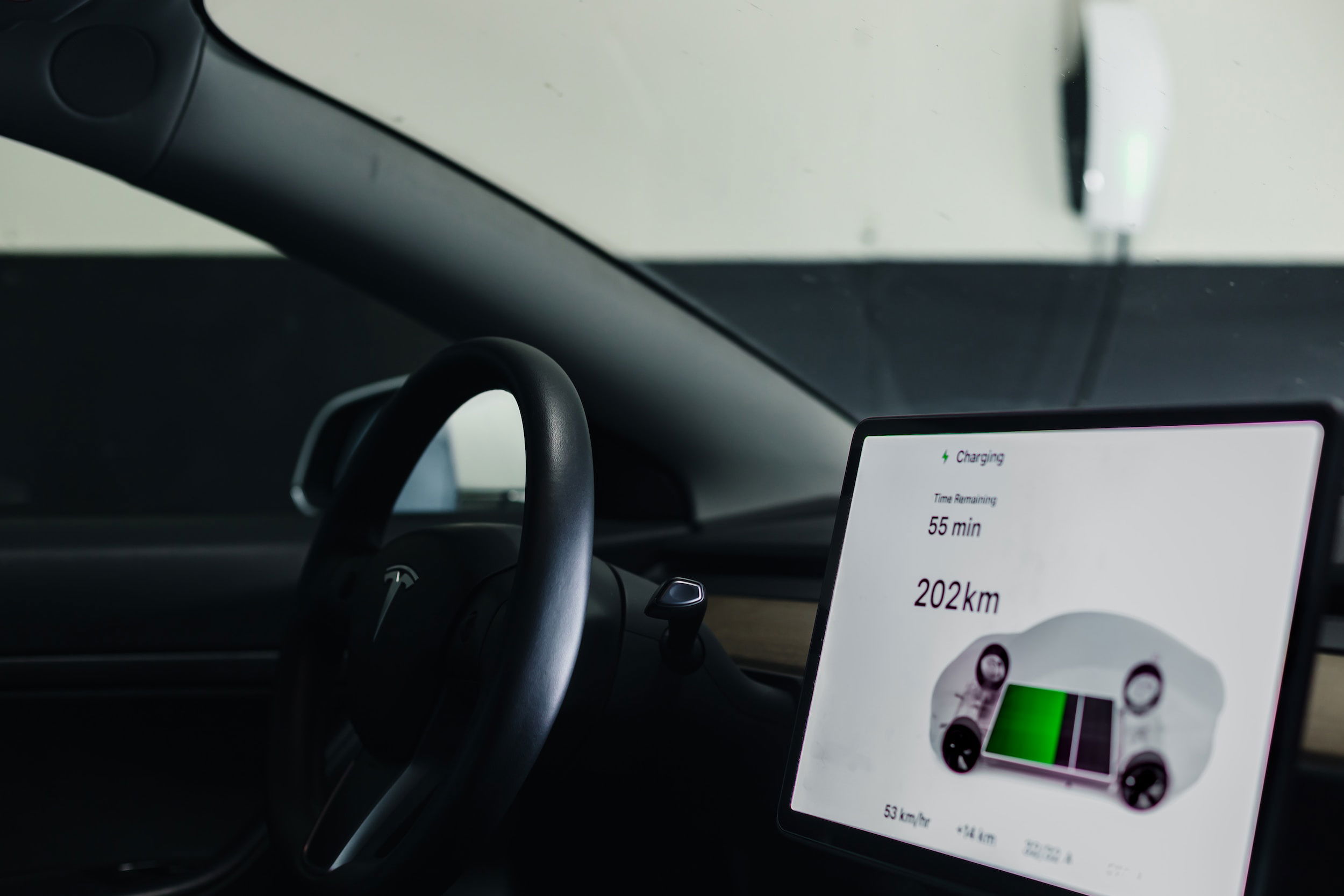
One of the most exciting developments in EV motors is not purely mechanical but digital. Automakers are increasingly using AI and software algorithms to optimize motor performance in real time.
- Torque vectoring systems adjust power delivery to individual wheels for better efficiency and handling.
- Predictive cooling models anticipate heat buildup and preemptively adjust flow rates.
- Adaptive algorithms can switch between induction and permanent magnet operation depending on demand.
This software-first approach may help squeeze more out of existing hardware while the industry works toward rare-earth-free and more efficient designs.
Beyond Cars: How EV Motor Tech Shapes Aviation, Shipping, and Machinery
When the world debates the future of electrification, the spotlight almost always falls on cars. It’s understandable—automobiles are visible, relatable, and a cornerstone of daily life. But the bottlenecks surrounding EV motors don’t stop at the highway. They ripple outward into industries where the stakes are even higher.
Take aviation.
The dream of quiet, zero-emission flight depends less on batteries than many realize, and more on the motors that turn stored energy into lift. Electric planes need motors that are ultra-light yet hyper-efficient—able to generate immense power without adding drag-inducing weight. Every ounce matter in the sky, and the limits of today’s motor technology define just how far electric aviation can really go.
Now consider shipping.
Cargo vessels burn some of the dirtiest fuel on the planet, making them prime candidates for electrification. Yet the challenge here isn’t just scale, it’s scalability. Propelling a container ship requires motors orders of magnitude larger than those in passenger cars. Building motors that can operate reliably for weeks at sea without maintenance is a hurdle that makes even the automotive bottleneck look modest.
Then there’s heavy machinery.
Think construction sites and mining operations, where machines demand relentless torque and near-indestructible durability. For these industries, motors aren’t just about efficiency—they’re about surviving brutal duty cycles, dust, moisture, and extremes of temperature. Designing an electric motor that can outlast a diesel excavator is no small feat, and it may prove one of the toughest frontiers in electrification.
What ties all this together is that progress in electric motors for electric vehicles doesn’t stay confined to the auto industry. Every breakthrough—lighter materials, reduced reliance on rare earths, smarter thermal management—becomes a steppingstone for planes, ships, and heavy equipment.
In this sense, the race to perfect the EV motor is about much more than cars. It’s about rewriting the blueprint for how energy powers entire industries.
The Future of EV Electric Motors in a Solid-State Battery World

Solid-state batteries may dominate headlines, but the true bottleneck in the EV revolution could be the motor. Efficiency limits, rare earth reliance, and thermal management challenges threaten to blunt the benefits of next-gen batteries. For the EV industry to truly deliver on its promises of range, affordability, and sustainability, it must invest as much in motor innovation as it does in batteries.
Whether through axial flux breakthroughs, rare-earth-free designs, or software-defined performance, the next decade will reveal if motors can catch up with the battery hype. Until then, the EV motor remains the unsung hero — and perhaps the Achilles’ heel — of electric mobility.